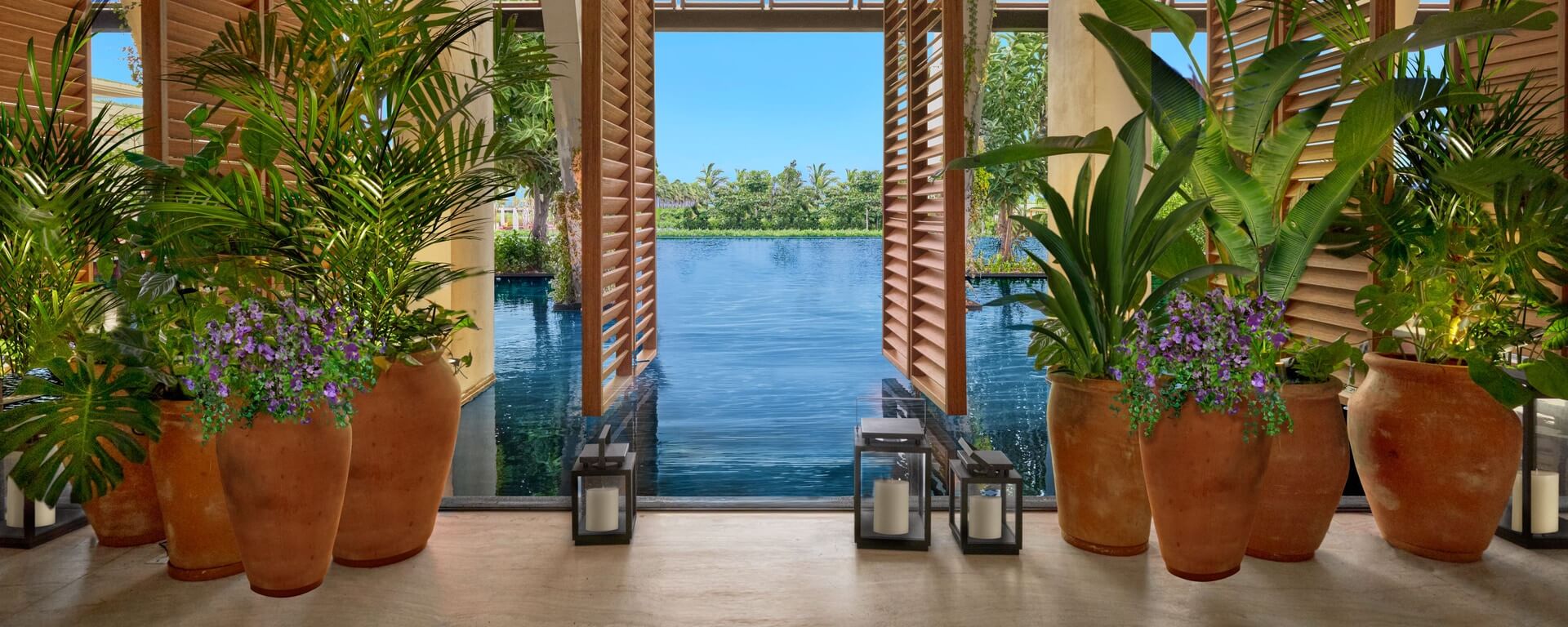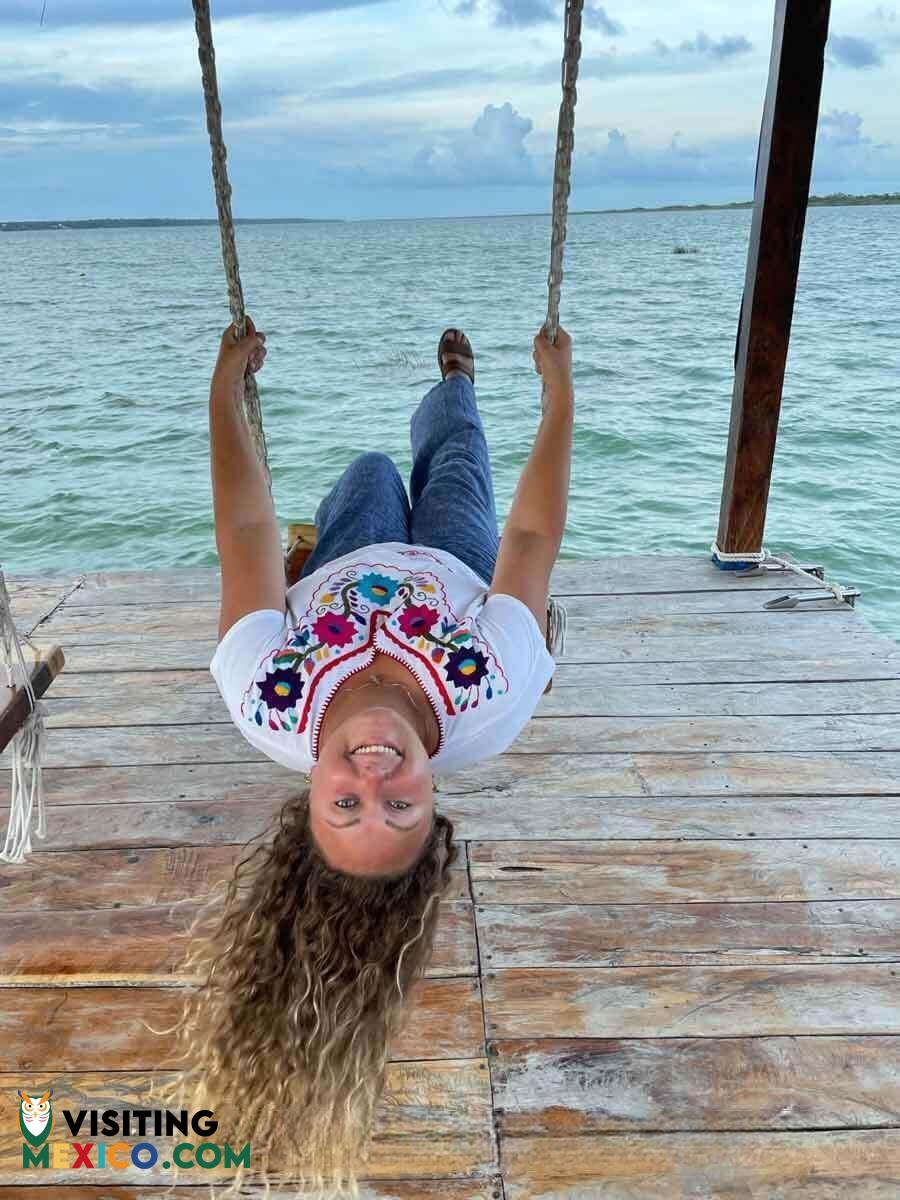IMPORTANT FACTS
Quintana Roo boasts a population of 1.86 million, but this figure is expected to grow as more people move into tourist areas like Cancun where workers are needed for the construction of new hotels. Cancun is also the state’s largest city and one of the most popular tourist destinations in the world. Mexico’s youngest state, Quintana Roo was granted statehood in 1974. The state’s major international airports are located in Cancun and on Cozumel.
Quintana Roo’s history is, of course, part of the long and ancient history of the Yucatan Peninsula. Although Quintana Roo became a federal territory of Mexico in 1902, it has long been home to people of Mayan and Mestizo descent. Historians believe that the first humans in the area arrived between ten and twelve thousand years ago. The Mayans, however, moved north from Guatemala into the region around the year 250 A.D. By the tenth century, the Toltecs moved into the Yucatan and the Mayan’s influence began to deteriorate. When the Spanish arrived in 1540, they capitalized on the feuding tribes to take control for themselves. The region remained under the control of the landowners until the 1847 War of the Castes. The region finally came under official Mexican control in the twentieth century, but there remain groups of Mayans who refuse, even today, to recognize Mexico’s sovereignty.
GEOGRAPHY AND LANDSCAPE
Notably one of the nation’s most beautiful and exotic landscapes, Quintana Roo is famous for its ecosystems that include coral reefs, jungle, mangrove forests, savanna lands, and tropical forests. The beaches draw many tourists to the region, but the state’s interior lands also lure many eco-tourists, history lovers, and adventurers. While exploring the lands of the state, visitors are likely to come across rare and brilliant birds as well as monkeys, snakes, deer, and alligators. Quintana Roo’s waters are famous for their manatees and whale sharks.
TOURISM
Most tourists visiting Quintana Roo head for the coastal resort town of Cancun or the exotic island of Cozumel. The sites and towns of the Riviera Maya and Costa Maya also draw many tourists. These destinations are famous for their resorts, luxury hotels, spas, vibrant nightlife, and a plethora of recreational activities. Snorkeling, scuba, swimming, and all manner of water sports are popular among vacationers. Eco-tourism, exploring the natural wonders of the regions, is also popular around Cancun and Cozumel. The capital draws visitors with its various cultural attractions as well. The seaside town of Playa del Carmen is renowned for its beaches; once a simple fishing village that ferried travelers to Cozumel, Playa del Carmen now boasts luxury and boutique hotels and well-known restaurants like Hard Rock Café and Cheesecake Factory. Moreover, Playa del Carmen is also home to the first international House of Blues.
While the major tourist towns are rich with cultural attractions, venues that celebrate arts, crafts, and culture can be found in many towns around the state. The capital city of Chetumal is famous for its Museum of Mayan Culture. Cancun’s National Institute of Anthropology and History is one of the nation’s most notable museums. The city of Cancun also has an exciting underwater museum in the works that will be situated in the waters of the Yucatan’s National Marine Park; the underwater museum will feature sculptural installations located within the reefs. Shopping is extremely popular in both Cancun and Playa del Carmen.
OTHER THINGS TO SEE AND DO IN QUINTANA ROO

- Puerto Morelos: This coastal town is one of the gems of the Riviera Maya. Located just twenty minutes to the south of Cancun, Puerto Morelos offers a more serene experience away from the crowds of the more popular destinations.
- Akumal: A bit further south of Puerto Morelos, the seaside town of Akumal is revered for its crystal waters. Growing in popularity among tourists, this beautiful town is a great place to swim and snorkel.
- Isla Mujeres: This island is just a quick boat ride from Cancun. It’s renowned for its fine snorkeling at Garrafon National Park.
- Xcaret: An eco-tourist and archaeological theme park, Xcaret is located on the Riviera Maya and is the perfect place for families to swim with dolphins and celebrate Mayan culture.
- Costa Maya: The Maya Riviera is known for its tourism developments, but for vacationers searching for a less-developed and less crowded beach holiday, the Costa Maya is filled with serene beaches and stunning wilderness eco-tours and activities.
- Holbox: This island right off the tip of the Yucatan Peninsula is becoming increasingly popular due to the wonderful hotels and restaurants as well as the wildlife that can be seen here.
- Bacalar: The Lagoon of 7 Colors is what attracts most to this paradise. The glistening lagoon has amazing features such as rapids, stromatolites, and many cenotes.
Plan a trip to Quintana Roo

Spa • Beach Access• Fitness Center• etc

Golf • Spa • On-Site Restaurant• etc




























